A Touch of Zen: Incorporating Japanese Interior Design into Your Home
Posted On November 18, 2021When you think of a staple Japanese home, you would imagine a place with wooden floors, paper walls, and indoor plants. You would think of open spaces and large windows that let natural light seep inside the room. Such a place instantly puts you at ease.
These elements are central to Japanese interior design. It traces itself from a rich cultural background that is cultivated for thousands of years. Its core philosophies, Zen and minimalism, all work together to create a serene, tranquil ambiance that you and your family will enjoy.
In this article, we’ll discuss the basic principles and elements of Japanese interior design. We’ll also include some tips and tricks that you can try to create your own Zen paradise.
Japanese Interior Design: The Basics
To understand how Japanese design works, here are the basic elements you need to know:
Zen Philosophy and Minimalism
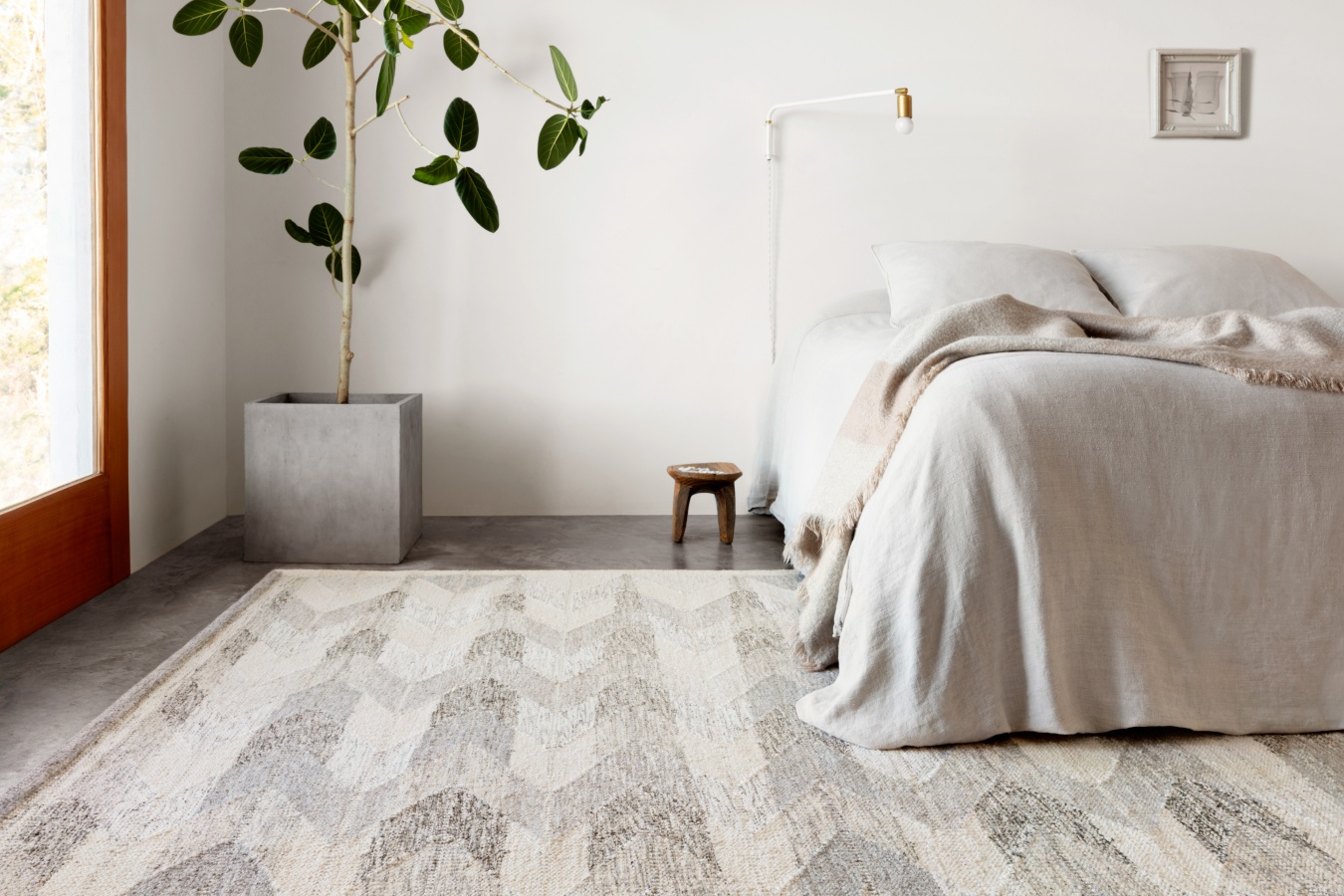
These are the two major pillars of Japanese interior design. Zen centers on bringing a sense of peace and tranquility. Combine that with a minimalistic design, and you’ll achieve a clean and organized space that is light and pleasing to the eye.
Wabi-Sabi Design
The wabi-sabi concept in Japanese design means accepting the world as it is. It means living with its imperfections. You can easily achieve inner peace and avoid disappointment when you see beauty in flaws. It shows in their preference for handcrafted Japanese décor and furniture.
Tatami Mats
A quintessential traditional Japanese home isn’t complete without tatami mats. These are handwoven straw mats used for flooring. One great thing about tatami is that it adjusts to the outside temperature. It heats up the floor during winter and cools it down during summer.
Low-Lying Furniture
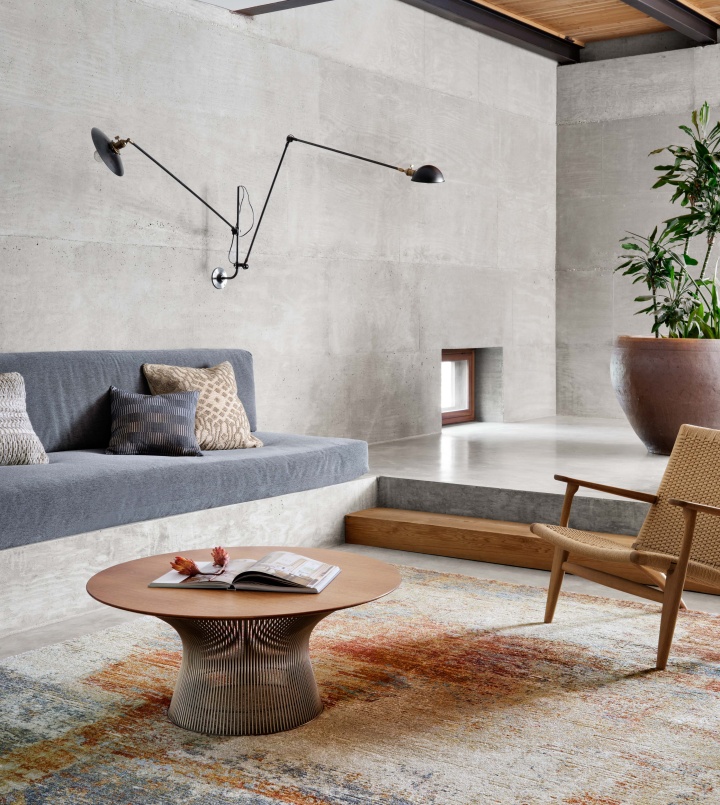
When you see photos of Japanese tea ceremonies, you’d notice that most people sit on the floor with tatami mats. This practice is said to be good for one’s posture. To complement this, Japanese people often use low-lying furniture in their homes such as low tables and cabinets.
Genkan System
The Japanese entryway, or Genkan, presents a unique side of Japanese home culture. It contains a raised platform that is typically lined with doormats. Since shoes are not allowed inside, guests would leave their shoes in a rack and switch to indoor slippers.
Shoji Panels
Shoji is a traditional Japanese-style door, window, and room divider. It is made of fine translucent rice paper placed inside a wooden or bamboo frame. Its thin construction makes it easier for natural light to enter your space, making it appear airy and spacious.
Large Bathtubs
Bath time is an essential part of Japanese culture. They spend long periods soaking in a large bathtub called ofuro. This bathtub is often made from natural materials like wood, marble, and ceramics. Its size and depth are ideal for a small Japanese bathroom.
Incorporating Japanese Home Decor in Your Space
We have listed eight tips and tricks that you can try to add a touch of Zen to your home.
Simplicity Is Key
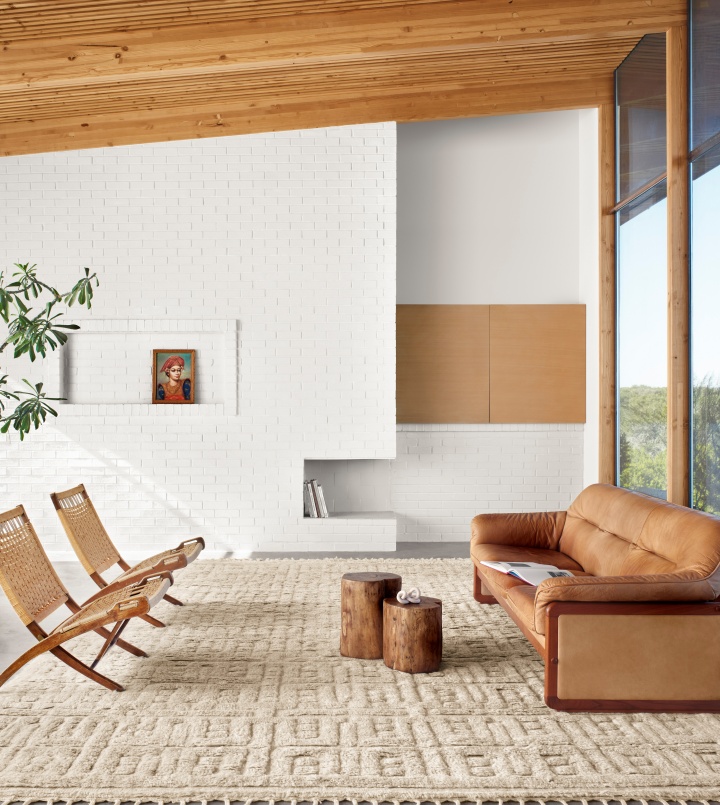
One of the core elements of Japanese home design is minimalism. Thus, it’s important to keep your space simple and clutter-free. But how can you liven up a room with minimal items?
The key lies in the utility and placement of your items. Aligning your furniture in clean, simple lines creates a natural flow of elements. This makes your room balanced and visually pleasing. Having minimal items also helps reduce visual clutter.
Create An Open Space
One of the easiest ways to create a tranquil ambiance is through open spaces. Even if your area is small, you can make it look bigger with enough space. But how can you do that?
The practice of Ma helps in this scenario. This pertains to the natural flow of items and furniture within your living space. Every object has a purpose and place in your room so that nothing is out of order. For example, when designing your living room, it’s best to place your furniture on two to three walls and keep the rest of the space open and uncluttered.
Choose a Minimalistic Color Palette
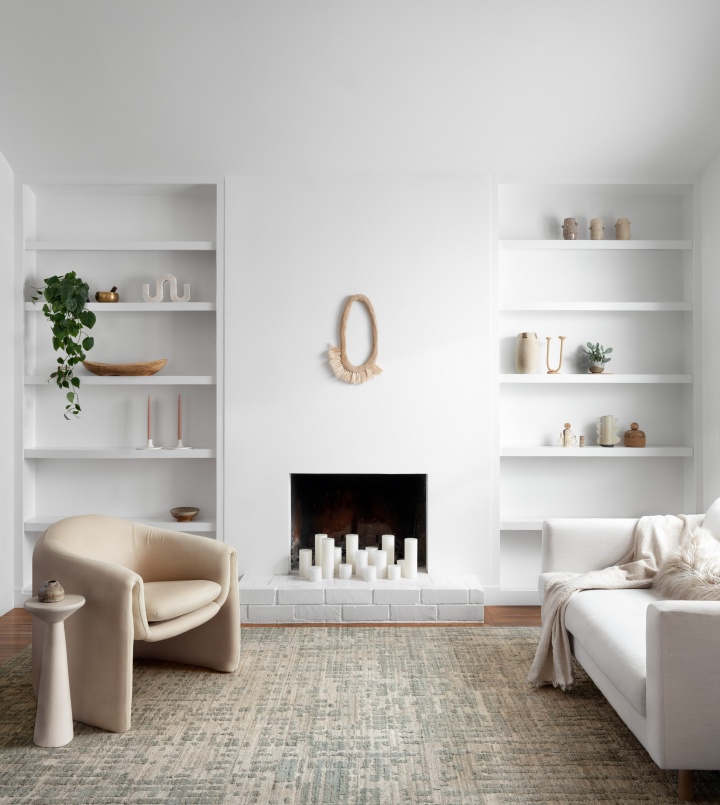
Along with a minimalist design, Japanese homes usually follow a simple color scheme. They usually use colors from nature such as earthy beiges and browns, as well as shades of blue and green. For example, you can place wooden shelves on cream walls along with some greenery.
If you want a clean look, you can incorporate all shades of white in your space. For example, you can use a white cupboard in your kitchen or a grey stone tile on your bathroom floor. Using a simple color palette can help you pull off a Japanese-inspired room effortlessly.
Opt For Japanese Styled Furniture
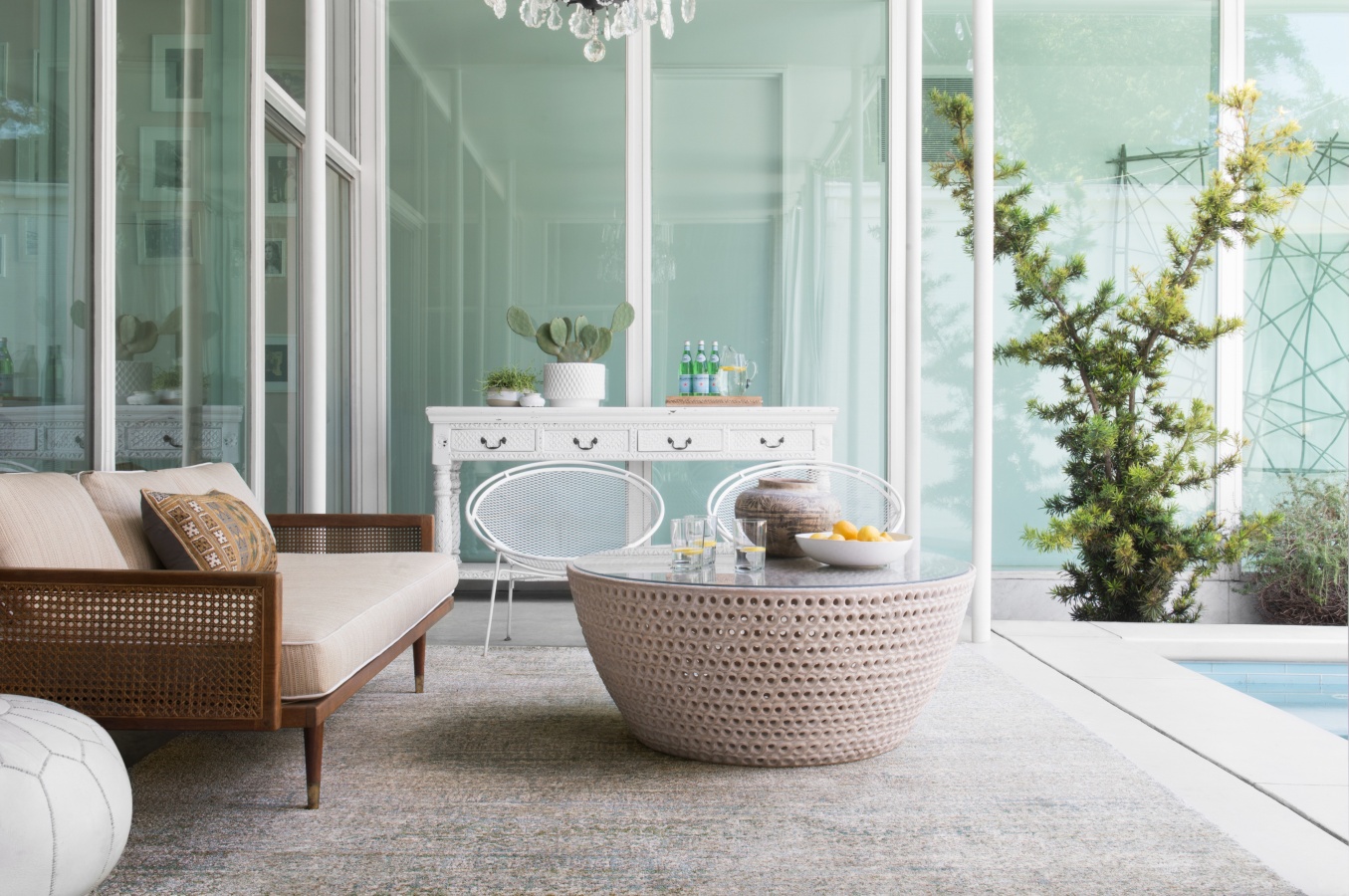
You can never go wrong with minimalist Japanese furniture for your Zen-inspired home. It combines practicality and elegance to create a functional piece that stands out in your room. Consider using handcrafted furniture made from natural wood, bamboo, and straws.
Moreover, traditional Japanese homes often use low-lying furniture. Think low cabinets and entertainment systems. To mimic the ancient tea ceremony, you can place a low plank table and provide cushions as seats. But if you want the best of both worlds, you can opt for a simple side table instead.
Switch to Shoji Doors, Windows, And Room Dividers
Using shoji panels is a great way to inject Japanese culture whilst saving yourself space from swinging doors. You can install a wooden frame with a paper panel to your backyard for a traditional feel or a glass panel to your balcony for a modern touch.
Shoji panels may also come in handy for dividing rooms. For example, you can install them in your living room to set up a makeshift dining area. There are collapsible ones that you can easily put up and set aside whenever you need them.
Transform Your Porch Into A Genkan
Entrance your guests with a neat, well-kept genkan entryway. You can make a raised platform just like the traditional style, but if you can’t, you can use a large area rug like this Japanese denim rug to visually separate the areas.
A shoe rack for outdoor shoes and indoor slippers is a must-have in a genkan, so consider adding those. You can also line up some potted plants near the rack for a touch of nature.
Swap Your Shower For A Bathtub
A Japanese bathtub or ofuro makes a worthy addition to your bathroom. Installing one allows you to enjoy bath times more often. Recreate a relaxing spa-like atmosphere by incorporating marble, granite, or stone walls and infusing the air with aromatics. Feel all your problems melt away as you soak in a nice, warm bath.
Bring Pieces of Nature Indoors
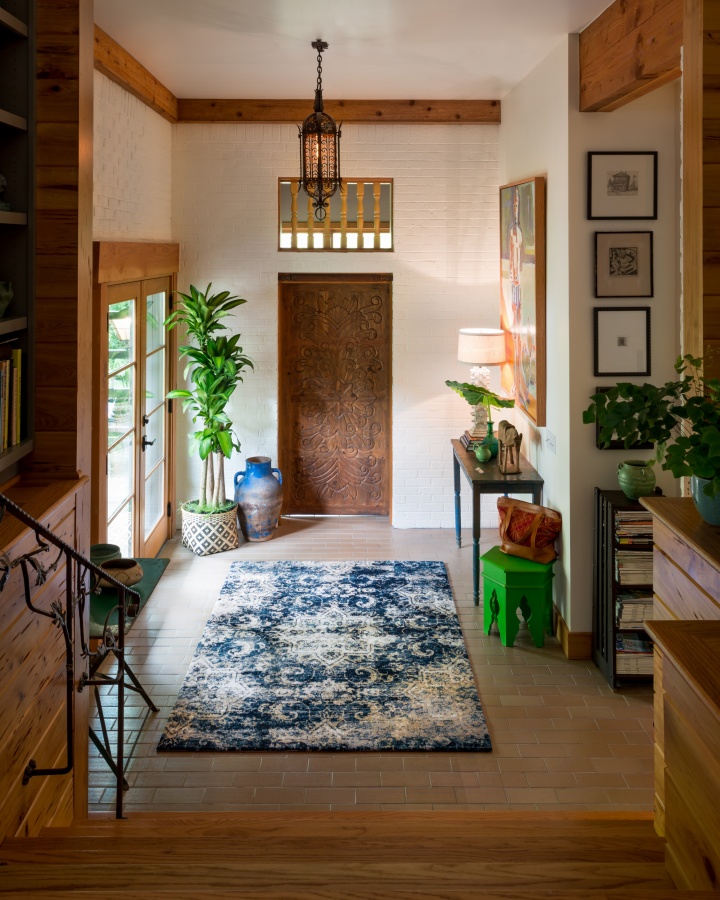
Complete your Zen-inspired home with plants and items made from natural materials. Layering these items in your area creates contrasting textures that liven up your space. For example, you can use wooden tables, bamboo-framed chairs, and woven straw decorations inside your living room. You can also use nature-themed Japanese wallpapers with a complimentary area rug.
In addition to this, you can also breathe life into your space with indoor plants. Bonsai, ferns, and palm are often used to decorate your interior. For a splash of color, consider placing flower arrangements called ikebana as a centerpiece.
Turn Your Living Space Into A Zen Paradise
If you’re seeking a sense of calm and serenity, consider renovating your space the Japanese way. Adding touches of Japanese decor can help you achieve a peaceful living space that you’d be proud to call your home.
For more interior design tips and tricks, head over to the Cyrus Rugs blog.
